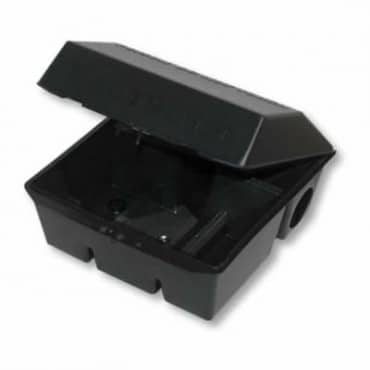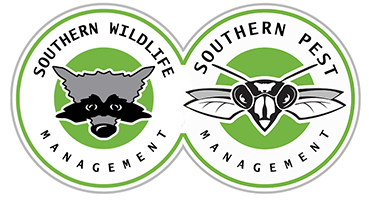

At Southern Pest Management, we understand the dangers and inconvenience of rodent infestations, which is why we offer our professional rodent baiting programs to help you get rid of the pests. Our rodent baiting programs are customized to fit your specific needs. Our team of pest control experts will assess your property and create a plan that targets the problem areas and eliminates rodent infestations. First and foremost, the safety of you, your family, and your pets is our number one priority. When we inspect your property we will identify any potential issues and will educate you on what to expect while answering any questions you have. Our program includes:
Benefits of Our Rodent Baiting Programs
Efficiency: Rodent baiting is one of the most effective and efficient ways to eliminate rodent populations, as it targets the entire local population on your property and prevents them from reproducing.
Safety: Our rodenticides are tamper-resistant and are as safe as possible for pets and humans when used according to the manufacturer’s instructions.
Customization: We tailor our rodent baiting programs to fit your specific needs and the unique characteristics of your property.
Prevention: Our programs not only eliminate the current rodent infestation but also work to prevent future infestations from occurring.
Give us a call!
(678) 935-5900

